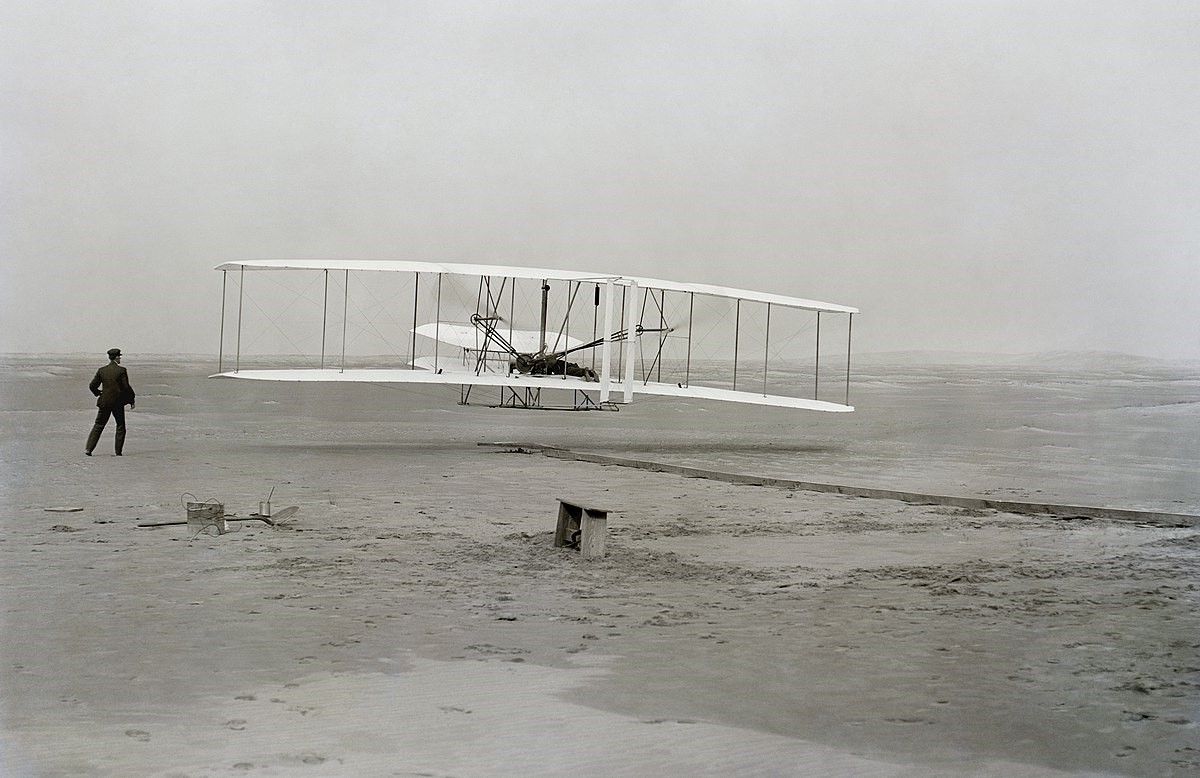
Ever wondered who paved the way for modern flight? Aviation pioneers like the Wright brothers, Amelia Earhart, and Charles Lindbergh didn't just dream of flying—they made it a reality. These trailblazers faced countless challenges, from technical hurdles to societal skepticism, yet their determination and ingenuity changed the world. But who were these aviation pioneers, and what made them so special? In this article, we'll dive into 12 fascinating facts about these early aviators. From their groundbreaking achievements to lesser-known trivia, you'll gain a deeper appreciation for the men and women who dared to reach for the skies. Buckle up and get ready for takeoff!
Key Takeaways:
- The Wright brothers, Amelia Earhart, Charles Lindbergh, and Howard Hughes were aviation pioneers who achieved groundbreaking feats, from the first powered flight to solo transatlantic journeys and environmental advocacy.
- These aviation pioneers were self-taught engineers, broke barriers for women in aviation, set speed records, and even advocated for environmental conservation, leaving a lasting impact on the world of flight.
The Wright Brothers: Pioneers of Flight
The Wright brothers, Orville and Wilbur, are often credited with inventing and building the world's first successful airplane. Their achievements laid the foundation for modern aviation.
-
First Powered Flight: On December 17, 1903, the Wright brothers achieved the first powered, controlled, and sustained flight in Kitty Hawk, North Carolina. Their aircraft, the Wright Flyer, flew for 12 seconds and covered 120 feet.
-
Self-Taught Engineers: Neither Orville nor Wilbur had formal engineering training. They were self-taught and used their bicycle shop to fund and build their early aircraft designs.
-
Wind Tunnel Testing: The Wright brothers built a wind tunnel to test over 200 different wing shapes. This innovative approach helped them understand the principles of lift and drag better than their contemporaries.
Amelia Earhart: Breaking Barriers
Amelia Earhart was a trailblazer in aviation, known for her daring flights and efforts to promote women in aviation.
-
First Solo Transatlantic Flight by a Woman: In 1932, Earhart became the first woman to fly solo across the Atlantic Ocean. She flew from Newfoundland to Ireland in just under 15 hours.
-
Disappearance: Earhart vanished in 1937 while attempting to circumnavigate the globe. Despite extensive search efforts, neither she nor her plane was ever found, sparking numerous theories and ongoing intrigue.
-
Advocate for Women: Earhart was a strong advocate for women in aviation. She co-founded the Ninety-Nines, an organization dedicated to supporting female pilots.
Charles Lindbergh: The Lone Eagle
Charles Lindbergh gained fame for his solo nonstop flight across the Atlantic Ocean, a feat that captured the world's imagination.
-
Spirit of St. Louis: Lindbergh's aircraft, the Spirit of St. Louis, was custom-built for his historic flight. It had no front windshield, and Lindbergh had to navigate using a periscope.
-
33.5-Hour Flight: In 1927, Lindbergh flew from New York to Paris in 33.5 hours, covering a distance of approximately 3,600 miles. This achievement earned him international acclaim.
-
Environmental Advocate: Later in life, Lindbergh became an advocate for environmental conservation, focusing on protecting endangered species and promoting sustainable development.
Howard Hughes: The Eccentric Aviator
Howard Hughes was an aviator, engineer, and film producer known for his contributions to aviation and his eccentric lifestyle.
-
H-4 Hercules: Also known as the "Spruce Goose," the H-4 Hercules was a massive wooden flying boat designed by Hughes. It only flew once, in 1947, but remains one of the largest aircraft ever built.
-
Speed Records: Hughes set multiple aviation speed records, including a record for flying around the world in just under 91 hours in 1938.
-
Hughes Aircraft Company: Hughes founded the Hughes Aircraft Company, which became a major defense contractor and contributed significantly to aerospace technology during World War II and beyond.
The Legacy of Aviation Pioneers
Aviation pioneers left an indelible mark on history. Their daring feats and groundbreaking innovations paved the way for modern air travel. From the Wright brothers' first flight to Amelia Earhart's solo journey across the Atlantic, these trailblazers pushed the boundaries of what's possible. Their contributions weren't just about flying; they inspired generations to dream big and reach for the skies.
Understanding their stories helps us appreciate the advancements in aviation technology and safety we enjoy today. These pioneers faced immense challenges, yet their perseverance and ingenuity led to monumental achievements. Their legacy lives on in every flight we take, reminding us of the power of human determination and innovation.
Next time you board a plane, think about the incredible journey aviation has taken, thanks to these early adventurers. Their spirit of exploration and courage continues to inspire and propel us forward.
Frequently Asked Questions
Was this page helpful?
Our commitment to delivering trustworthy and engaging content is at the heart of what we do. Each fact on our site is contributed by real users like you, bringing a wealth of diverse insights and information. To ensure the highest standards of accuracy and reliability, our dedicated editors meticulously review each submission. This process guarantees that the facts we share are not only fascinating but also credible. Trust in our commitment to quality and authenticity as you explore and learn with us.


